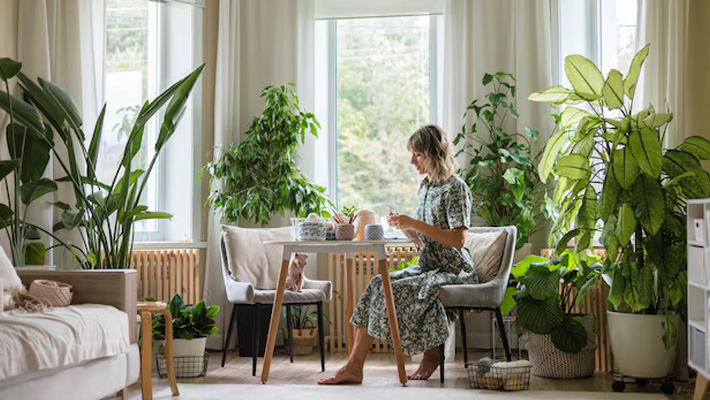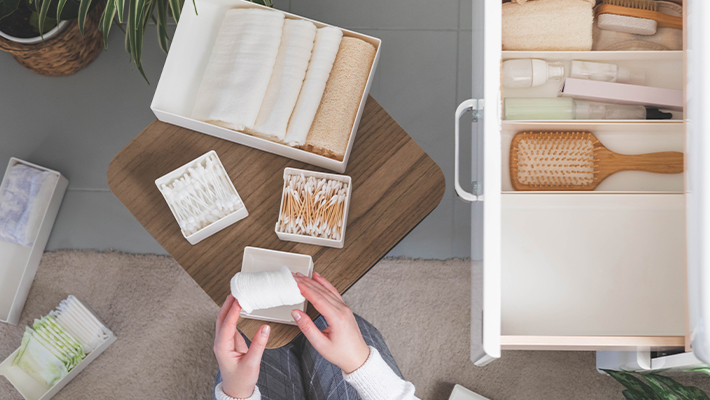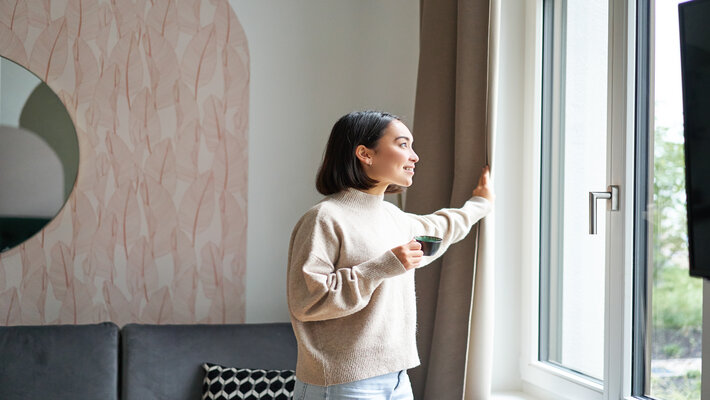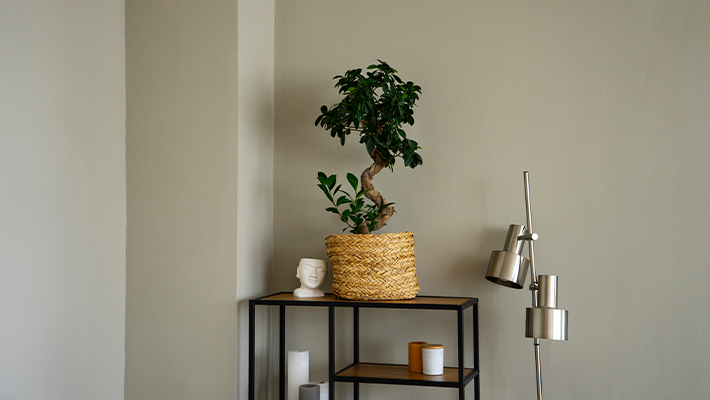
Living in a fast-paced world is ideal in having a sanctuary at home to be mentally and physically fit. A space where you are relaxed, peaceful and refreshed is described as a home sanctuary. It keeps you away from the stresses of daily life and brings a sense of calm and balance in it. Here are a few steps that might lead you in designing a home sanctuary well worth your wellness.
1. Choose the Right Space

The first step to create a sanctuary is to select the perfect spot for it in the house itself. The area should be away from high traffic places or places generally associated with work and chores. A corner of the room, perhaps a spare bedroom or even a cozy nook, is sure to be perfect, provided it feels calm and private. Or if a whole room is not available for an individual, then a portion of a living room, bedroom, or even a bathroom may convert into a small sanctuary. The key is to carve out a peaceful space away from the hustle and bustle of everyday life.
2. Prioritize Natural Light and Fresh Air
Natural light is essential for health, boosting serotonin, mood, and sleep regulation. In spaces lacking sunlight, reflective surfaces like mirrors can help spread light. Full-spectrum lighting can also mimic natural daylight. Proper ventilation is key to preventing stale air, open windows daily or use an air purifier. Bringing nature indoors, through plants or a balcony garden, further enhances your environment.
3. Focus on Comfort and Relaxation
To make your house a soothing haven, invest in as many comfort-inspired furniture as you could, such as cushy cushions, throws, or comfortable seat options like chaise lounges or floor cushions. Soothing colors-soft pastels or warm earthy colors-gain ground and soothe the human mind. Bright colors tend to excite and stimulate the vision on their own, without seeking help from sound or smell. Mixing textures helps enhance sensation, soft rugs, shimmering velvet cushions, and swaying linen curtains.
4. Create a Calming Color Palette
Colors create a soothing atmosphere. Use soft blues, greens, lavenders, and pale grays for your retreat, as these colors calm and rest the mind. Avoid bright, intense, neon-like colors and red, as these are overwhelming. When picking colors present in a space, be sure they photograph well so that harmony continues, for accents use small color pops with accessories like cushions or artwork that elaborate on the serene theme.
5. Incorporate Sensory Elements
A sanctuary should engage all the senses for a deeper experience:
-
Sound: Soft music, nature sounds, or a white noise machine can create a calming ambiance. Alternatively, silence can be soothing if you're seeking escape from noise.
-
Scents: Lavender and sandalwood are perfect essential oils for use in diffusers, candles, or incense, filling the space with their calming aromas.
-
Touch: Soft fabrics and cozy textures, like cotton, linen or wool, contribute to a comfortable, inviting feel. Layering textures, such as a plush rug on hardwood floors or a knitted throw on a sofa, adds to the sensory experience.
6. Declutter and Organize

Well-ordered environments will have to serve as sanctuaries. There are also storage baskets, shelves, cabinets, and so on, intended to make the use of those objects efficient so that it is easy to find them. Only choose items that bring you joy or contribute to the kind of mood you are after and surround yourself with those things. Simplification and efficacy should be your guidelines and always avoid the alternative of overcrowding it with many items.
7. Personalize the Space

A haven needs to be a projection of personal style and taste. Bringing in personal belongings, including artwork, photographs, or other memorabilia, helps make it a very personal space. Adding things that bring you peace, joy, or an element of the connection is a key ingredient. Examples might be displaying a favourite book, having a precious heirloom shown off, or hanging artwork that inspires you. The more customised it is, the more it turns into a retreat that nurtures you mentally and emotionally.
Conclusion
Creating an oasis at home implies creating a safe haven where calm infiltrates the individual, relaxation becomes a way of life, and well-being develops. You will craft an environment that is supportive of health and happiness by the right choice in space and so much attention to comfort and natural things and the calming colors and sensory touches. It could be a small nook or a room you've transformed into your retreat, it becomes a vital self-care tool when it starts to draw from the demands of daily life for recharging purposes.











